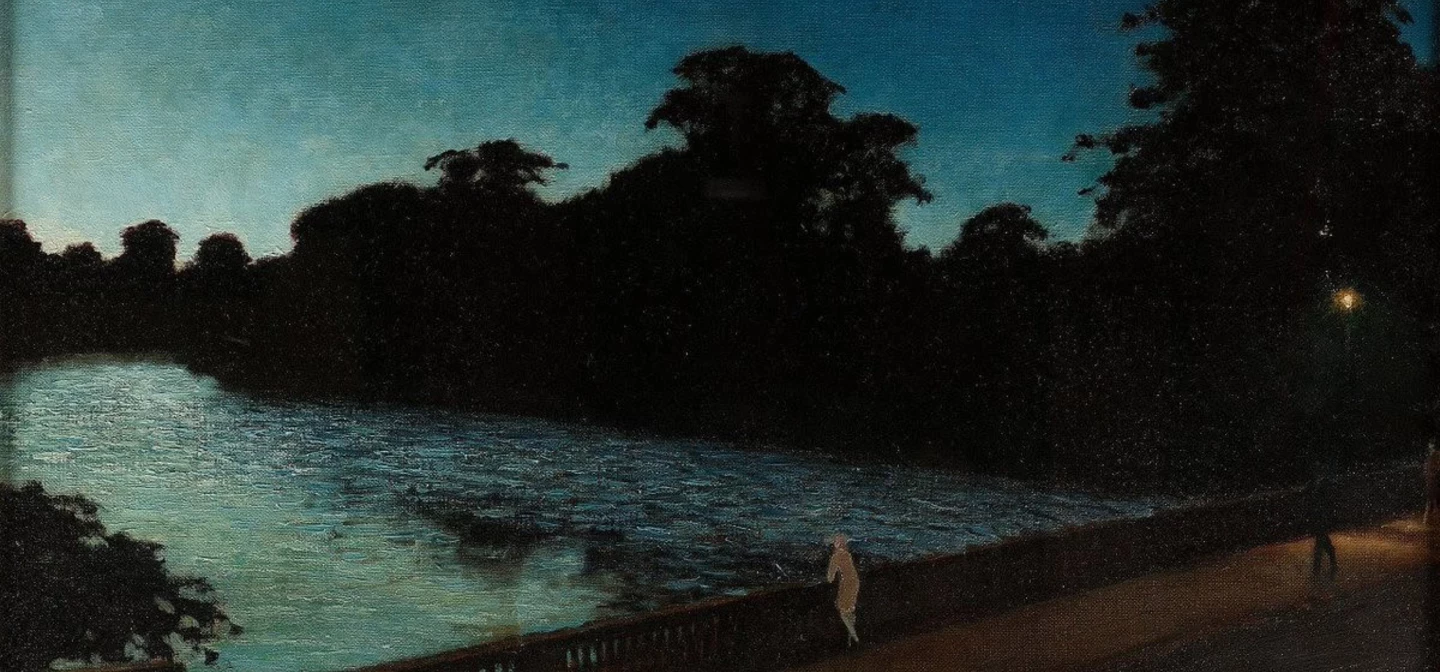
Ghosts of the Royal Parks
In 1909, paranormal investigator Elliott O’Donnell explained that he believed the parks of London were swarming with ghosts:
"From the phantasms of those who once swung in chains on Tyburn Gallows and the lean, hungry-looking spectres of modern starvelings, to the evil and leery spirits that dart in and out of the trees, goading on poor simple frail humanity to sin and vice."
He continued:
"These phantasms are the earth-bound souls of those who, in the habit of frequenting the park during their lifetime, must go on clinging to it until the slow process of spiritual evolution proclaims them in a fit state to be removed to a higher and less animal plane."
But who were these spirits ‘clinging’ to the parks from beyond the veil? This Halloween, we’ve delved into the archives to discover just some of the spectres said to haunt the Royal Parks…
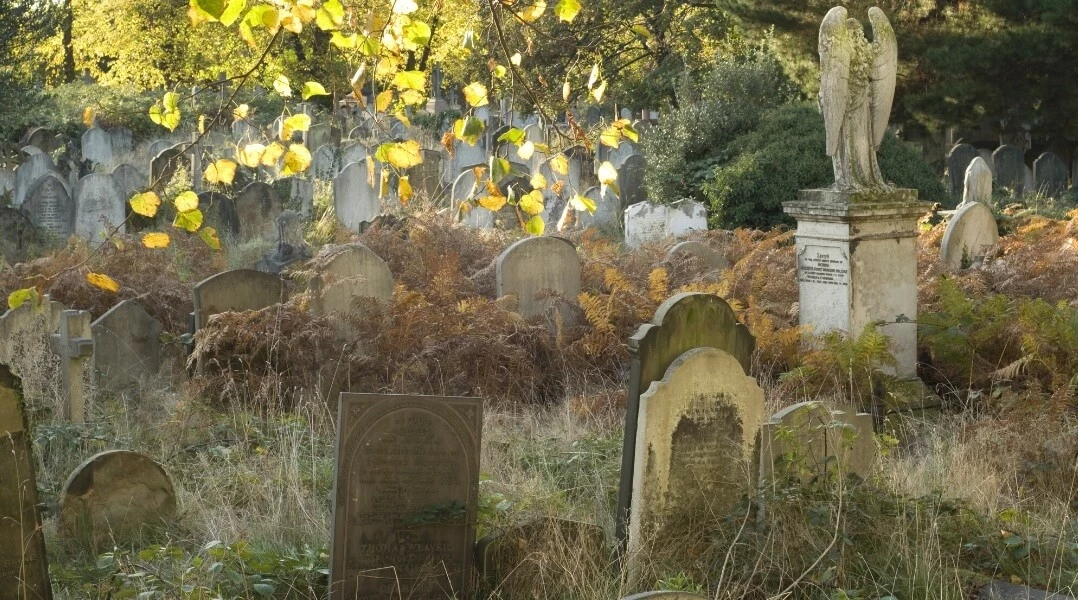
St. James’s Park
In 1804, soldiers of the Coldstream Guards reported strange experiences while they were on duty in St. James’s Park. One Officer called George Jones supplied the newspapers with a signed declaration describing what he’d seen:
"I do solemnly declare, that, whilst on guard at the Recruit House, about half past one o’clock in the morning, I perceived the figure of a woman, without a head, rise from the earth, at a distance of about three feet before me. I was so alarmed at the circumstance, that I had not power to speak to it, which was my wish to have done; but I distinctly observed that the figure was dressed in a red striped gown, with red spots between each stripe, and that part of the dress and figure appeared to me to be enveloped in a cloud.
In about the space of two seconds, whilst my eyes were fixed on the object, it vanished from my sight. I was perfectly sober and collected at the time and being in great trepidation, called to the next sentinel, who met me about half way and to who I communicated the strange sight I had seen."
Other guards came forward to report their own strange experiences, with a Richard Donkin reporting that he had been on guard at the Armoury House when he heard a ‘tremendous’ and ‘violent’ noise that sounded like many windows being slammed shut. A voice called out: ‘Bring me a light! Bring me a light!’ When the guard went to investigate, nobody was there…
Hyde Park
Hyde Park has no shortage of spectres. In 1877, Londoners were gripped by reports of a phantom carriage with four horses, driven by a ghostly figure in white. It was seen doing laps of the park before disappearing into thin air. Some believed the ghost was none other than King George IV! Newspapers reported that the park keepers were ‘worried to death by information seekers’ keen to find the best spot for a sighting.
Elliott O'Donnell
Elliott O’Donnell – the paranormal investigator we met earlier – reported his own strange experience in Hyde Park. Writing in 1917, he said:
"Some twelve or fifteen years ago, in my nightly rambles, I noticed that beneath a certain tree, mid-way between the Marble Arch and Lancaster Gate, was rarely occupied, whereas all the other seats in that vicinity were invaded by couples. One evening, the weather being warm and sultry, I went and sat there. I dozed off, and eventually fell into a deep sleep. I dreamed that an old man and a young girl stood under the tree whispering, and that as I watched them, they raised their eyes, and looked in a horribly guilty manner not at me, but at the space next to me, which I perceived, for the first time, was occupied by a tiny child. Moving stealthily forward and holding an outstretched cloth, they crept up behind the child, the cloth descended, and all three vanished.
Then something made me gaze up into the branches of the tree, and I saw a large, light, colourless, heavily-lidded eye peering down at me with an expression of the utmost malevolence. It was altogether so baneful, so symbolic of cruelty, malice and hate that I could only stare back at it in mute astonishment. The whole shape of the tree then seemed to alter, and to become like an enormous dark hand, which, swaying violently to and fro, suddenly dived down and closed over me. I awoke at once, but was so afraid of seeing that eye that for some minutes I kept my own eyes tightly shut."
[Image: Elliott O'Donnell in 1930, by Bassano & Vandyk Studios, via Wikimedia Commons]
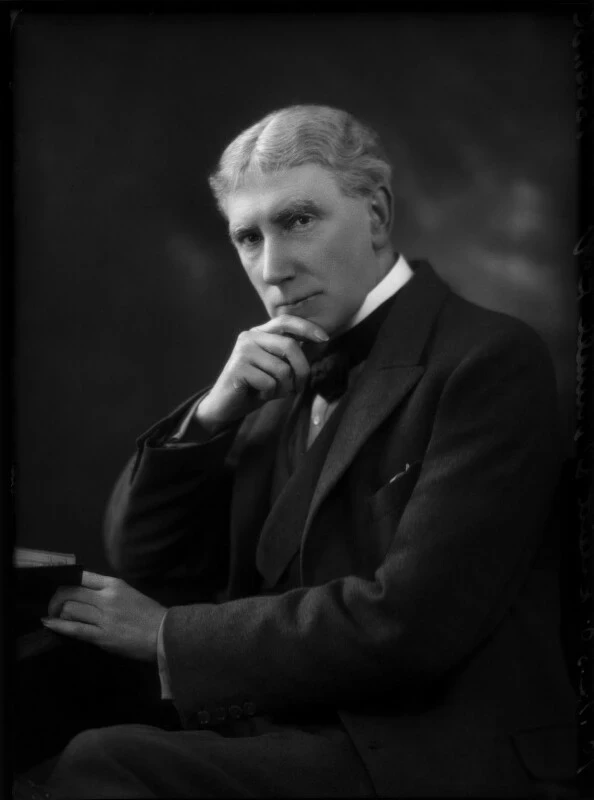
William Terriss
William Terriss was a popular Victorian actor who shone in swashbuckling roles, staring alongside legendary thespians like Ellen Terry and Henry Irving. While appearing at the Adelphi theatre in 1897, he was stabbed to death at the stage door by an out-of-work actor called Richard Archer Prince. Terriss died in the arms of his stage partner and rumoured mistress, Jessie Millward, who’d had a terrible premonition of her friend’s death shortly before.
The killer, who held a grudge against the successful Terriss, was declared insane and sent to Broadmoor Criminal Lunatic Asylum. That wasn’t the end of Terriss, though – his ghost is said to haunt the Adelphi Theatre to this day. There have been dozens of sightings over the years, including banging noises, flashing lights and ghostly apparitions. What’s the connection with Brompton Cemetery, you might ask? Terriss is buried near the cemetery’s eastern wall.
[Image: Photographic portrait of William Terriss, taken between 1890 and 1900 by an unknown photographer, via Wikimedia Commons]
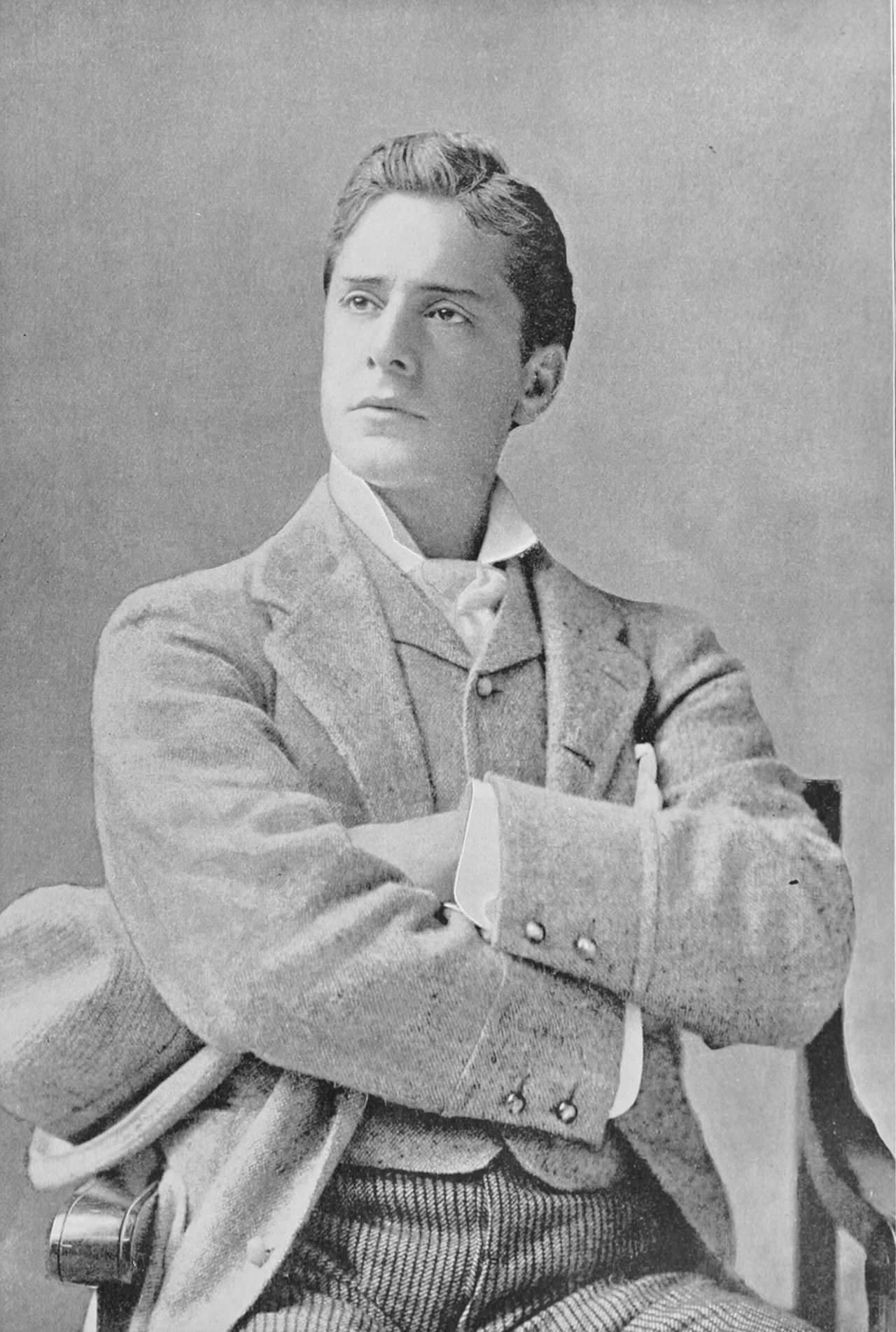
Bushy Park
During World War Two, Bushy Park was home to almost 8,000 American troops. They were stationed at Camp Griffiss, a sprawling complex of huts, landing strips and sports pitches. In 1944, General Eisenhower moved the Supreme Headquarters of the Allied Expeditionary Forces (SHAEF) into the park, where they set about planning D-Day – a decisive turning point in the war.
Today the camp is long gone, but a memorial surrounded by a paved area marks its former location. However, some local residents have reported that less tangible traces of the past survive at Bushy. Over the years, several visitors to this part of the park have claimed to hear strange noises.
In the 1970s, locals walking their dog suddenly found themselves surrounded by noise. They said it was like walking into a crowded party, with laughter and loud voices booming around them until all fell suddenly silent. Some years later, a group of joggers had an almost identical experience – but they heard something else amidst the celebratory din: the faint strains of the Battle Hymn of the Republic! Had the ghosts of wartime heroes reunited to toast their victory one last time?
When you’re walking around the Royal Parks, keep your eyes peeled. You never know what you might encounter…
Related Articles
-
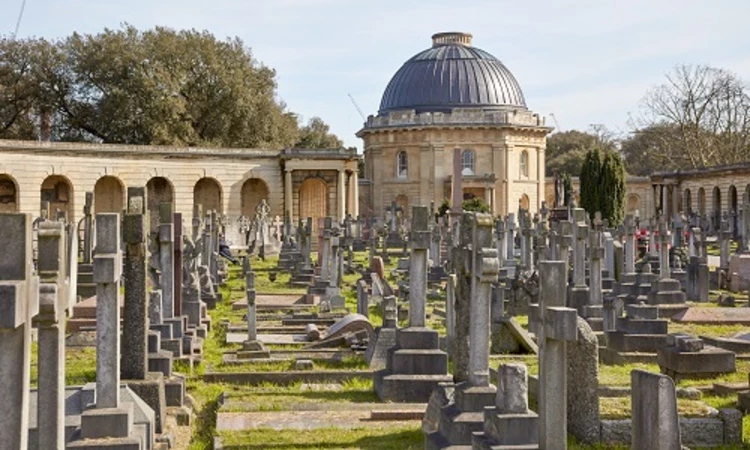 Listen
ListenBrompton Cemetery - Halloween Special
In this Halloween special we are talking with Brompton Cemetery's Business Development & Cemetery Services Manager.
-
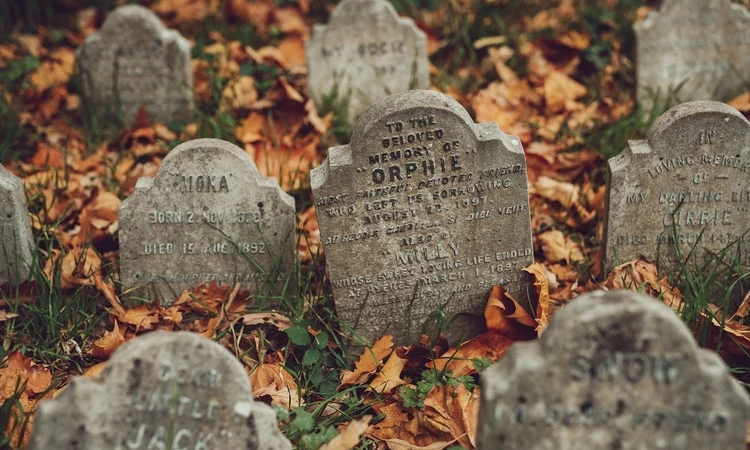 Read
ReadHyde Park Pet Cemetery
One of the first public pet cemeteries in the UK, over 1,000 dogs and cats have been laid to rest here.
-
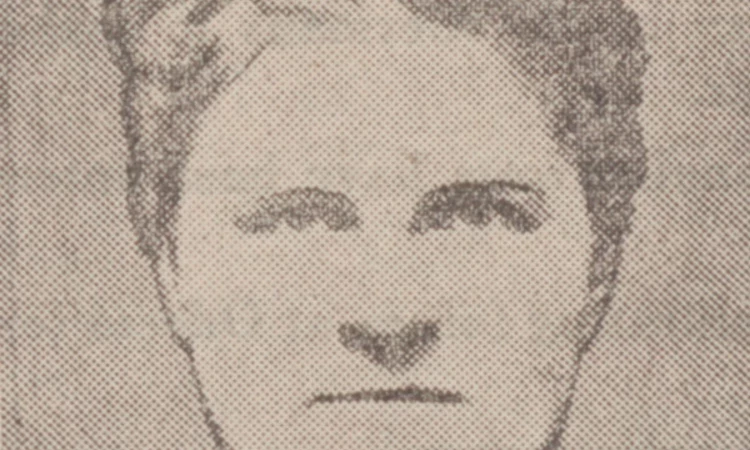 Read
ReadThe Story of Alice Elizabeth Jarman
The story of one woman’s tragic murder – a glimpse into women’s lives, wartime London and the history of Kensington Gardens.